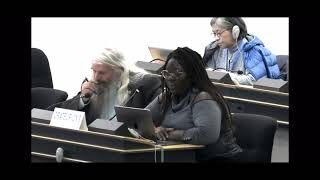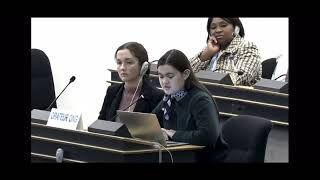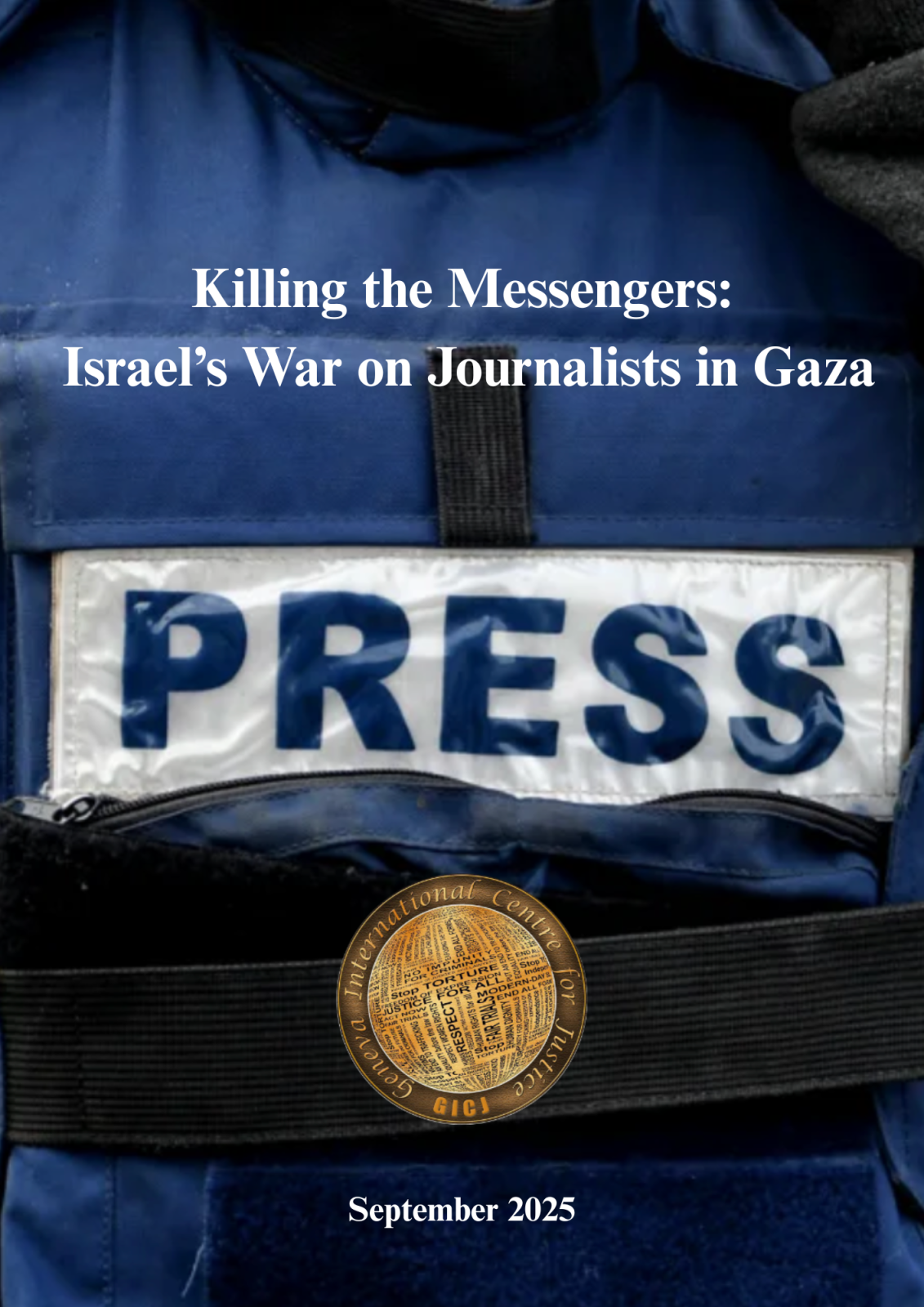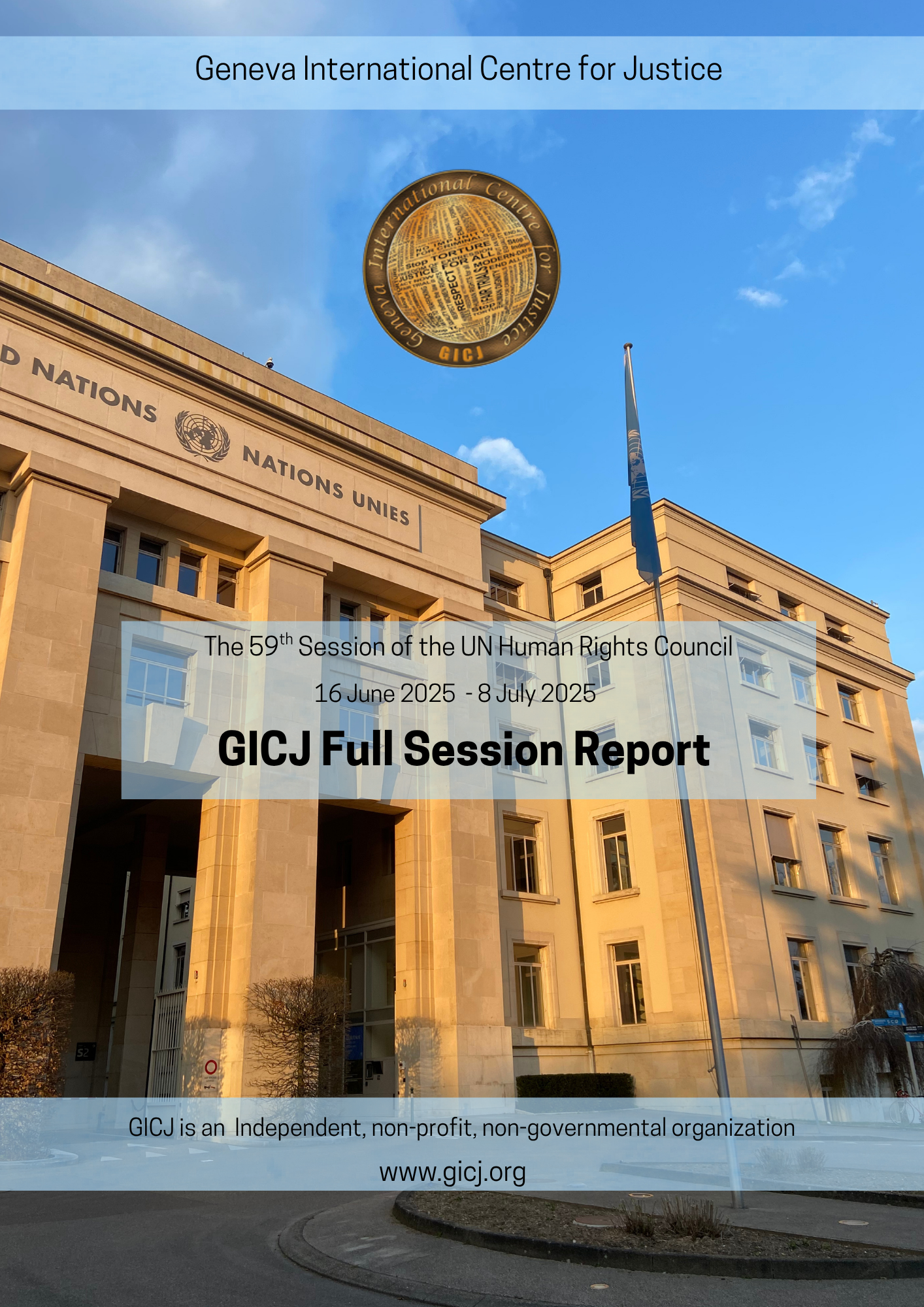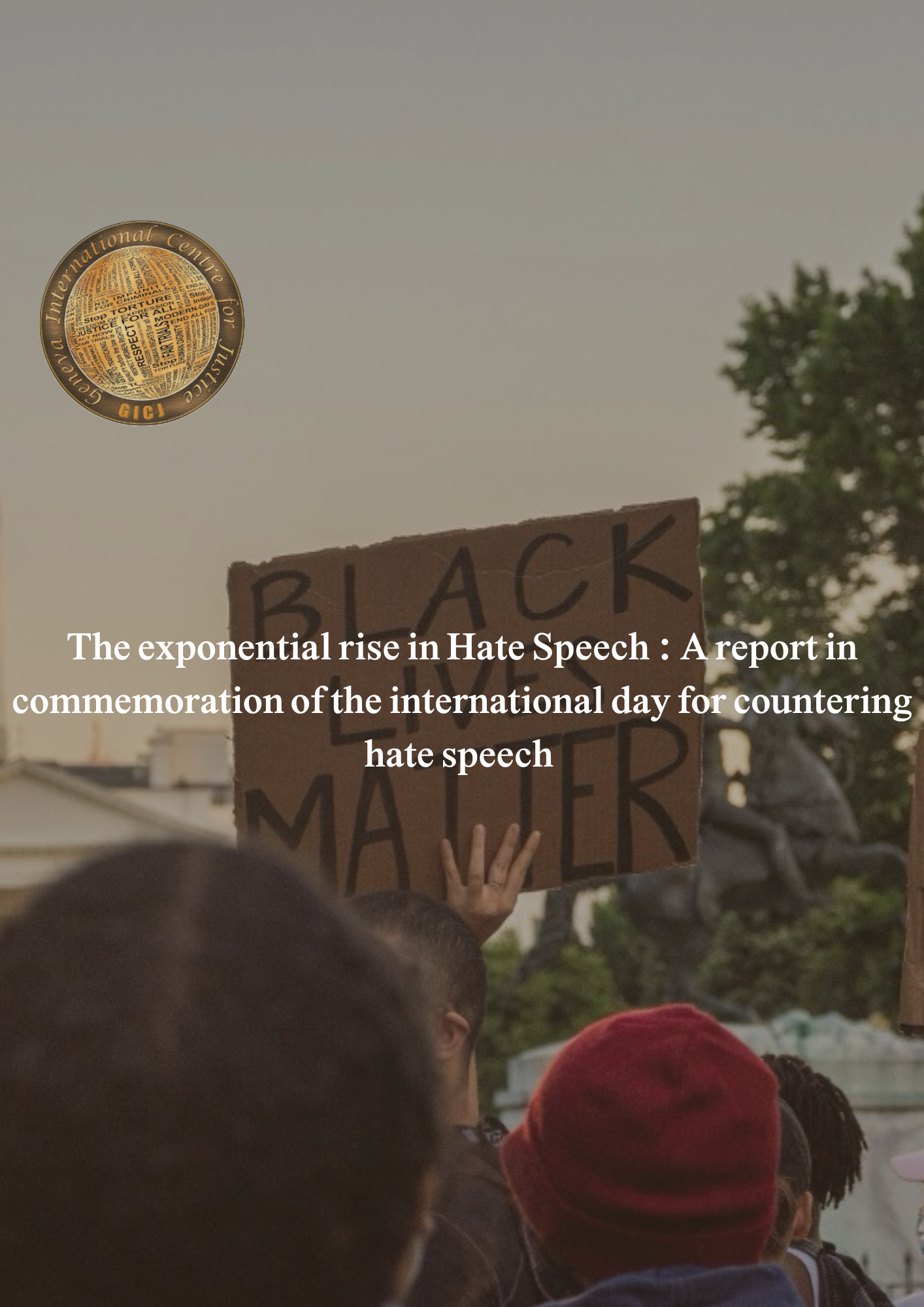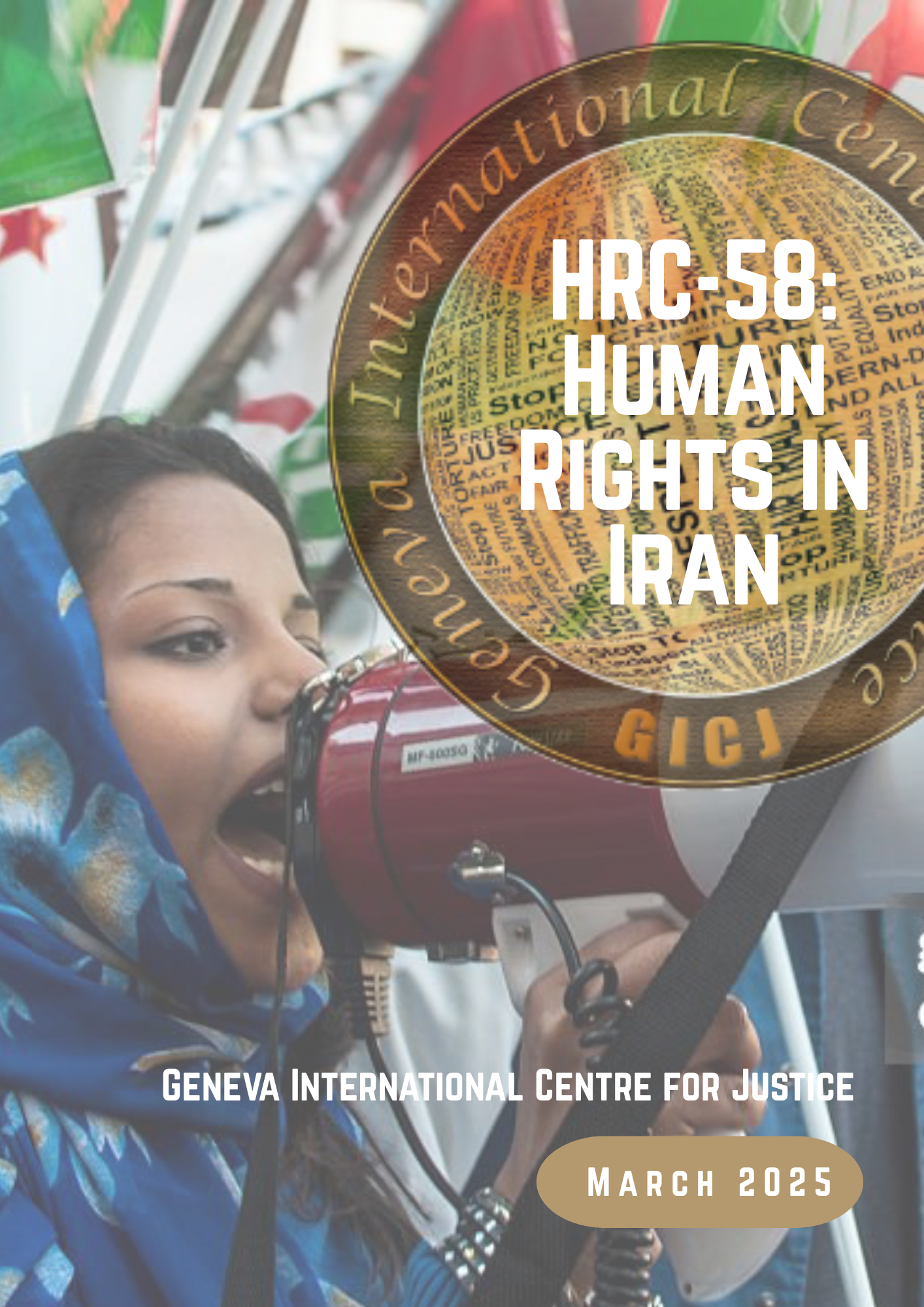24.03.2018
The right to truth emerges in the context of gross violations of human rights and grave breaches of humanitarian law. Those related to victims of summary executions, enforced disappearance, abductions, and torture seek clarification about their loved ones’ situation. Gaining knowledge of the full and complete truth as to the occurrences, their specific circumstances, and the perpetrators, and their context and underlying reasons lies at the heart of the right to the truth. In cases relating to enforced disappearance and missing persons, the right furthermore entails the right to knowledge about the victims’ fate and whereabouts.
Moreover, the right to truth has been described as both an individual and collective right and it has been stipulated that the State has a duty to remember. The right to truth has evolved significantly over time and ways forward must be explored continuously in the international, regional, and local arena to guarantee development towards redress, reconciliation, and peace in affected regions.
Finally, – as it produces reliable findings, accumulates substantive evidence, and exhumes mass graves for the identification of mortal remains – international criminal law is considered to contribute to the larger project of eradicating impunity. Through the evolution of the right to truth, international criminal and human rights jurisdiction coalesce in some areas as both seek to combat impunity.
24 March of every year marks the International Day for the Right to the Truth Concerning Gross Human Rights Violations and for the Dignity of Victims, as decided by the United Nations General Assembly on 21 December 2010.
|
Moments after Archbishop Romero was shot at the altar. |
The purpose of the Day is to honor the memory of victims of gross and systematic human rights violations and promote the right to truth and justice; to pay tribute to those who have devoted their lives to and sacrificed their lives in the struggle to promote and protect human rights for all; to give recognition to the important work and principles of the El Salvadorian Archbishop Oscar Arnulfo Romero, who was assassinated by pro-government forces on 24 March 1980 for actively fighting human rights violations against the most vulnerable populations and defending the principles of protecting and promoting human lives and dignity and opposing all forms of violence.
The right to truth concerning gross human rights violations and serious violations of human rights law has been deciphered in a 2006 study by the Office of the UN High Commissioner for Human Rights (OHCHR) as inalienable and autonomous right, in line with the duty and obligation of the State to protect and ensure human rights, to conduct effective investigations, and to provide for effective remedy and reparations.
Best practices for the effective implementation of this right, including those pertaining to archives and records on gross violations, and programs on the protection of witnesses and other associated actors, have been identified in a 2009 report by the OHCHR.
In its contribution, Geneva International Centre for Justice (GICJ) highlights core international mechanisms and instruments pertaining to the right to the truth, underlines the importance of forensic genetics in this regard, outlines past instances of the right to truth, and discusses where its promotion is urgently needed. In this context, GICJ reiterates the preventive potential of transitional justice.
Core International Mechanisms and Instruments
In response to the thousands of people who disappeared in Argentina and Chile in the 1970’s, the UN established the Working Group on Enforced or Involuntary Disappearances by resolution 20 (XXXVI) of 29 February 1980 as the first special procedure with a universal mandate. Since its inception it has dealt with over 50,000 cases of disappearances from all regions of the world. Its mandate has last been renewed through Human Rights Council resolution A/HRC/RES/36/6 in September 2017.
The right to the truth in relation to enforced disappearances signifies “the right to know about the progress and results of an investigation, the fate, or the whereabouts of the disappeared persons, the circumstances of the disappearances, and the identity of the perpetrator(s)”, as clarified by the Working Group in its general comment.
The Working Group’s mandate primarily entails assistance to families in the determination of the fate or whereabouts of reportedly disappeared family members through communication between relevant actors, notably the families, other sources reporting cases of disappearances, and the concerned Governments.
|
The Working Group states that “the right of the relatives to know the truth of the fate and whereabouts of the disappeared persons is an absolute right, not subject to any limitation or derogation.” “No legitimate aim, or exceptional circumstances, may be invoked by the State to restrict this right,” added the experts. However, the right to know the truth about the circumstances of the disappearance is not absolute as, in some cases, hiding parts of the truth has been chosen to facilitate reconciliation. |
The Working Group also asks Governments to carry out credible investigations into allegations. It reaffirms that States have an obligation to bring any alleged perpetrator of an enforced disappearance to justice, and to provide the necessary protection and assistance to victims, witnesses and other relevant persons.
Moreover, the Working Group was entrusted with monitoring the progress of States in fulfilling their obligations deriving from the Declaration and with the provision of assistance to Governments in its implementation, including by carrying out country visits and by providing advisory services.
The International Convention for the Protection of all Persons from Enforced Disappearances entered into force on 23 December 2013, bringing to life the Committee on Enforced Disappearances, which cooperates with the Working Group to prevent and eradicate enforced disappearances. An enforced disappearance is defined by three cumulative elements:

Core resolutions on the Right to Truth include General Assembly Resolution A/RES/68/165 dated 18 December 2013, which, inter alia, encourages States to consider establishing specific judicial mechanisms or, if appropriate, truth and reconciliation commissions to complement the justice system to investigate and address gross violations of human rights and serious violations of international humanitarian law. Moreover, States are asked to establish a national archival policy and enact legislation for the preservation and protection of all archives pertaining to human rights.
The resolution encourages international and national cooperation in this regard, notably through the provision of necessary and appropriate assistance regarding the right to the truth to requesting States, and through the involvement of and support to civil society, particularly in the monitoring and implementation of recommendations of truth commissions.
Human Rights Council Resolution A/HRC/RES/12/12 dated 12 October 2009 furthermore stresses the interrelationship between the right to the truth and the right to access to justice, the right to obtain effective remedy and reparation and other relevant human rights.
Resolution A/RES/60/147 adopted by the General Assembly on 16 December 2005 recommends the implementation of the Basic Principles and Guidelines on the Right to a Remedy and Reparation for Victims of Gross Violations of International Human Rights Law and Serious Violations of International Humanitarian Law, affirms the need for States to develop means of informing the general public and, in particular, victims of relevant rights and remedies contained in the Basic Principles and Guidelines other essential services. Furthermore, victims and their representatives should be able to seek and obtain information on the causes and conditions surrounding the violations and to learn the truth.
Seeking the Truth through Forensic Genetics
The use of forensic genetics is crucial for the identification of victims, notably of missing and disappeared persons, and the establishment of the truth in contexts of gross violations of human rights and international humanitarian law. Recognizing the importance of forensic genetics in this regard, the Human Rights Council called for the development of a manual for its application and the voluntary creation and operation of genetic banks with appropriate safeguards. Background, medical and dental ante-mortem records have proven to be insufficient means of identification of victims’ remains.
To guarantee the credibility of forensic work, the Council established essential prerequisites. Importantly, affected communities’ and families’ support of and appropriate involvement in related projects must be ensured. Protocols for exhumation of bodies and remains must be created and culturally and religiously appropriate procedures must be introduced for the handover of remains to families. The Council also stressed the importance of international cooperation in bridging the technological gap between countries, to support countries in which the use of forensic science is not standard practice, notably by upgrading equipment and providing training.

To facilitate large-scale identification, databanks of missing people should be created, in accordance with explicit procedures, target-oriented provisions, data use restrictions, and guarantees of consent and confidentiality. Commercial use of the genetic information should be prohibited. It was concluded that UN guidelines could help raise awareness amongst governments that forensic genetics can assist with compliance with human rights obligations.
As exhumations of five alleged victims of enforced disappearance during the internal conflict in Nepal were conducted in collaboration between the National Human Rights Commission (NHRC), national and international forensic experts, the Nepal Police, and the OHCHR Nepal, the Acting Head of OHCHR, Nepal, Jyoti Sanghera asserted that , “By acting upon the request of families of the disappeared, the NHRC has respected the victims’ right to truth and strengthened their hope for realizing their right to justice.”
The disappearance of the five Nepalese students constituted a central human rights violation in the conflict and is one of countless others globally, which leave families and friends in a quest for the truth and evidence for an entire lifetime. Truth, then, could lay the ground for justice and reparation, which are core to transitional justice and accountability processes.
Past Examples of the Right to Truth
El Salvador
The Commission on the Truth for El Salvador, established to investigate serious acts of violence committed since 1980 that had severe implications for society and were thus considered to necessitate urgent public knowledge of the truth, documented the facts surrounding the assassination of Archbishop Romero in its report dated 15 March 1993.

Argentina
In 1995 a former officer in the Argentinian military confessed that he and others had systematically thrown human beings out of military aircrafts into the Atlantic Ocean. This marked the first time a participant in the thousands of killings drawing their bloody path throughout the rule of the military junta in Argentina in the 70’s and early 80’s had come forward. For the families that had been desperately searching for the disappeared and had been seeking truth about their fate, this revelation signified the beginning of the evolution of the right to truth about the suffering and death of their loved ones. Rodolfo Mattarollo, advisor with the Argentine Ministry of Justice emphasized the right to truth about past violations both for individuals and society as a whole.

South Africa
Testimonies from thousands of persons about human rights violations during the apartheid era were unraveled at the Truth Commission in South Africa in the late 1990s. The promotion of reconciliation through seeking the truth was the core aim of the Commission and was deemed to be imperative for the transition to democracy, the end of impunity, and the overcoming of a cruel legacy.

Former Yugoslavia
The International Criminal Tribunal for the former Yugoslavia (ICTY), a UN court of law addressing the war crimes committed during the 1990s conflicts in the Balkans, provided a platform for victims to voice the horrors they witnessed and lived, and to gain knowledge of the truth surrounding the committed war crimes and crimes against humanity.

An indisputable historical record has been established; one that combats denial of committed crimes and helps communities come to terms with their past. The mass murder at Srebrenica, for instance, has been proven to constitute genocide.
Right to Truth and Atrocity Prevention
Despite these achievements, the right to truth is still denied to many. In their joint study on transitional justice and atrocity prevention presented at the 37th Session of the Human Rights Council, the Special Rapporteur on the promotion of truth and justice and the Special Adviser to the Secretary-General on the Prevention of Genocide highlighted the preventive potential of transitional justice. GICJ emphasizes that it must serve as guideline in the face of the commission of systematic human rights violations in different parts of the world.
The international community is failing to protect uncountable civilians from persecution, untold suffering and death – in Syria, Libya, Yemen, Iraq, Sudan, Myanmar, and Palestine and Israel to name a few. Despite numerous warning signs, the actions of the UN have hitherto failed to prevent atrocity crimes. Transitional justice, notably the right to truth, would be key to breaking cycles of impunity and marginalization to ensure non-recurrence.
Truth-telling can contribute to atrocity prevention through public accounting of the extent of committed crimes and the underlying motives, means and structures employed to commit them, as well as through recommendations with the objective of prevention, particularly such pertaining to reconciliation and the transformation of discriminatory structures. The further constitutive pillars of transitional justice, namely justice, reparation and guarantees of non-recurrence, are imperative to guaranteeing future atrocities.
The international community has the responsibility to act to prevent atrocity crimes wherever they occur if the State in question is unable or unwilling to fulfill its international obligations. The pledge of “never again” must be a principle that overrides the geopolitical and other interests of some Member States. GICJ affirms that an assessment of the vulnerability of each country to atrocity crimes and the finalization of the draft international convention on crimes against humanity, as recommended in the joint study, would be crucial steps towards prevention. GICJ urges the international community to take all necessary measures to implement comprehensive transitional justice policies, including by guaranteeing the right to truth, in contexts in which atrocity crimes have been or are currently being committed, to help break cycles of impunity and marginalization and pave the way for lasting peace.
International Days of Remembrance articles by GICJ:
|
|
|
|
|
|
|
|||||
| World Water Day | World Day of Social Justice |





